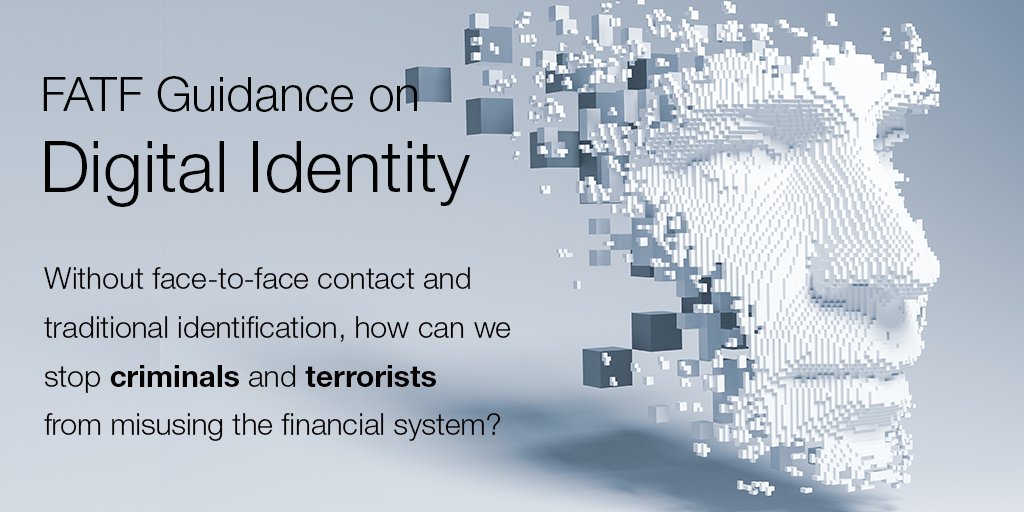According to the Financial Action Task Force (FATF), digital payments are growing at an estimated 12.7% annually and are forecast to reach 726 billion transactions annually by 2020. Within the next two years, an estimated 60% of world GDP will be digitalised.
As we mentioned in last week’s blog, the FATF recently issued a guidance paper on digital identity. It focuses on the identification of individuals (natural persons) and does not cover the identification of legal persons.
For the FATF, the growth in digital financial transactions requires a better understanding of how individuals are being identified and verified in the world of digital financial services. Digital identity (ID) technologies are evolving rapidly, giving rise to a variety of digital ID systems.
Proof of official identity generally depends on some form of government-provided or issued registration, documentation or certification. Examples include a birth certificate, identity card or digital ID credential) that constitutes evidence of core identifiers or attributes (e.g., name, date and place of birth) for establishing and verifying official identity. The guidance is trying to develop methodologies of making these methods more foolproof and secure on a worldwide basis.
In order to keep our publications as up to date as possible we have just published an update to our popular AML Policies Controls & Procedures Manual, which is now available to purchase for €150+VAT on our website at this link.
The Manual contains everything you need to successfully implement the requirements of the Criminal Justice (Money Laundering and Terrorist Financing) Acts, 2010 to 2018 and the Register of Beneficial Ownership.
Comes with a, free of charge, Excel spreadsheet called the ‘AML Control Sheet’ which firms may use to give a ‘helicopter’ view of progress made with keeping client AML data up to date.






